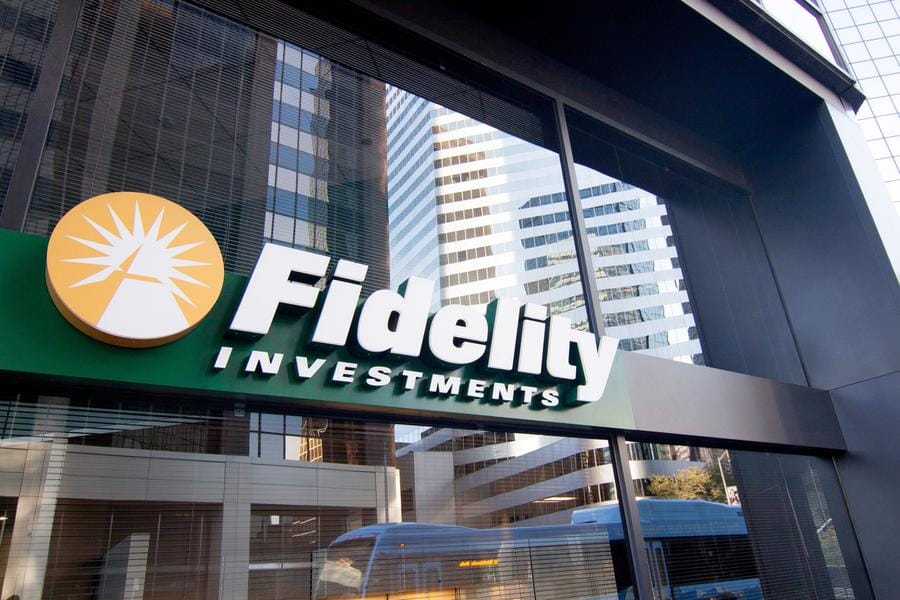Fidelity Set to Launch Stablecoin as Part of Digital Assets Strategy

Fidelity Investments, the Boston-based financial giant managing $5 trillion in assets, is gearing up to introduce its own stablecoin, signaling a significant step forward in its exploration of digital assets.
This move comes as the United States stands on the cusp of its first comprehensive regulatory framework for cryptocurrencies under the incoming Trump administration. With testing well underway, Fidelity’s stablecoin is poised to serve as a cash equivalent within crypto markets, managed through its dedicated digital assets division, according to insights from two individuals familiar with the initiative.
The stablecoin launch aligns with Fidelity’s broader ambition to tap into the emerging market for tokenized U.S. Treasuries. The firm filed plans to roll out a digital version of a U.S. money market fund by the end of May, positioning itself in direct competition with industry heavyweights like BlackRock and Franklin Templeton. This strategic push reflects a growing trend among traditional asset managers to embrace blockchain technology and digital assets.
Stay In The Loop and Never Miss Important Crypto News
Sign up and be the first to know when we publishA Shifting Regulatory Landscape and Market Dynamics
Fidelity’s timing is noteworthy, coinciding with a transformative shift in Washington’s approach to cryptocurrency oversight. Following President Donald Trump’s election, the U.S. is poised for a more crypto-friendly regulatory environment, a stark departure from the Biden administration’s cautious stance.
Trump has publicly championed the development of “lawful and legitimate” dollar-backed stablecoins, arguing they bolster the dominance of the U.S. dollar. He has even called for legislation to be ready for his signature by August, underscoring his administration’s commitment to fostering digital asset growth.
Stablecoins, designed to maintain a steady value and act as a cash reserve outside traditional banking systems, have become a focal point of this policy shift. Typically pegged to the U.S. dollar and backed by reserves like U.S. Treasuries, these digital currencies currently total $234 billion in global circulation. The majority, including those issued by Tether, originate offshore. Operators of stablecoins manage the associated risks while retaining the interest earned on the underlying bonds, a model that has drawn both interest and scrutiny.
In Washington, lawmakers are debating competing bills to establish a regulatory framework for stablecoins, aiming to balance innovation with financial stability. Critics, however, caution that these assets could introduce risks, potentially destabilizing markets or enabling consumer fraud if left unchecked.
Meanwhile, tokenized money market funds—an alternative pursued by firms like Fidelity, Ondo Finance, and Hashnote—offer a regulated, onshore option. These security-like tokens, which pay interest and serve as instant trading collateral, have already attracted over $5 billion in investments. Proponents argue they provide a safer, more transparent alternative to stablecoins, though some experts note their secondary markets lack the liquidity that stablecoins typically offer.
Fidelity’s venture into this space isn’t occurring in isolation. On Tuesday, World Liberty Financial—a cryptocurrency project backed by Trump and his sons—announced plans for its own stablecoin, backed by short-term U.S. Treasuries and cash equivalents. Co-founded by the son of Trump’s Middle East envoy Steve Witkoff, the initiative highlights the growing intersection of politics and digital finance.

